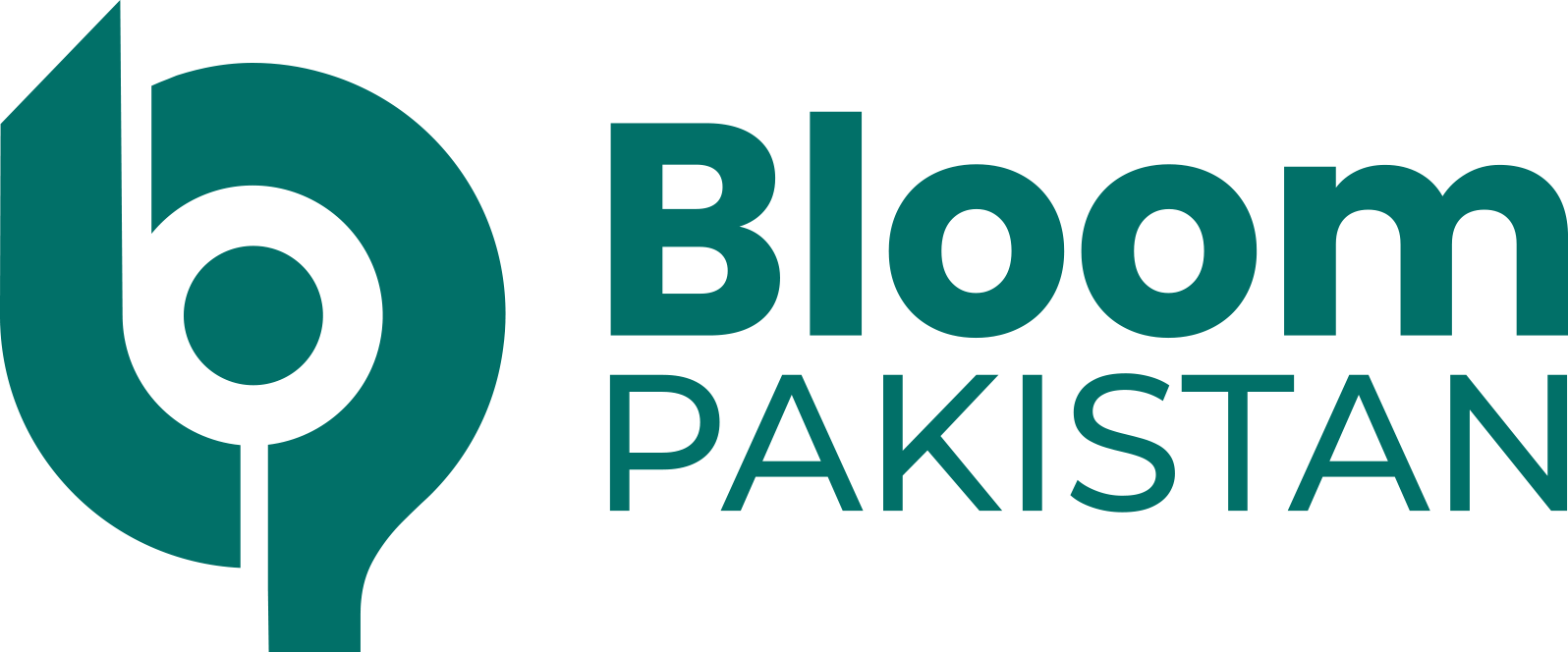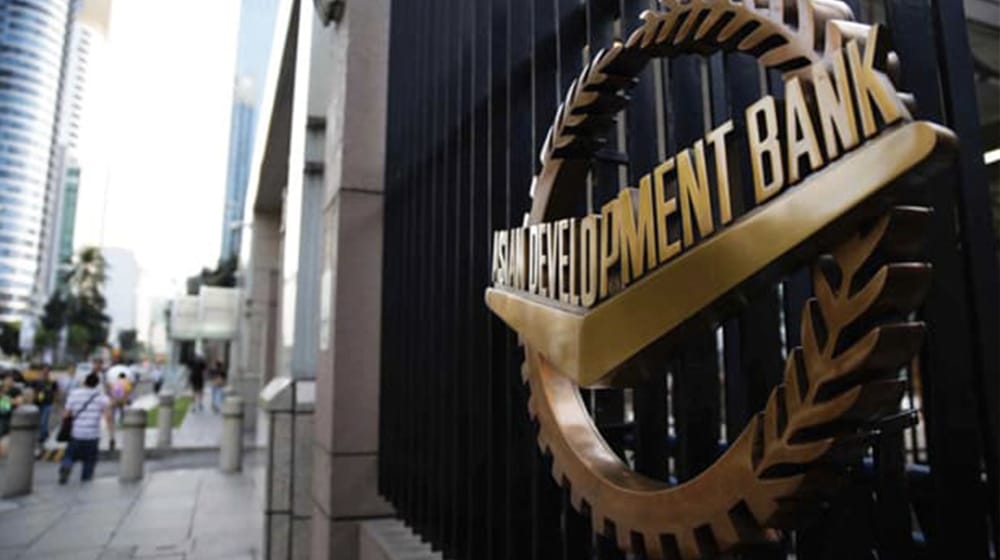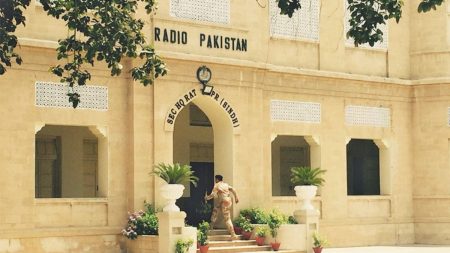Islamabad, April 9, 2025 — The Asian Development Bank (ADB) projects Pakistan’s economy to grow by 2.5% in fiscal year 2025 (ending June 30, 2026), as macroeconomic reforms begin to show results and stability gains momentum.
The forecast, outlined in ADB’s flagship publication Asian Development Outlook (ADO) April 2025, suggests a steady growth path, with GDP expansion expected to pick up to 3.0% in FY2026.
According to the report, this growth trajectory is underpinned by the continued implementation of structural reforms, particularly under the IMF’s Extended Fund Facility program initiated in October 2024.
ADB emphasized that Pakistan’s adherence to its economic adjustment program is vital for building long-term economic resilience and achieving inclusive, sustainable growth.
“Pakistan’s economy has benefitted from improved macroeconomic stability through robust reform implementation in areas such as tax policy and energy sector viability,” said ADB Country Director for Pakistan, Emma Fan.
Growth To Jump
“Growth is projected to persist in 2025 and increase in 2026. Sustained policy reforms will be essential to strengthen fiscal and external buffers.”
The report notes that a rebound in private sector investment, driven by enhanced investor confidence and a stable exchange rate, will contribute to economic growth in FY2025.
Stabilization in the foreign exchange market, declining inflation, and easing of monetary policy are also expected to support aggregate demand and economic activity, especially in the industrial and service sectors.
Read More: Negotiations with IPPs Fair, Transparent: Leghari Tells IMF, WB, ADB
Inflation, which has been a persistent challenge, is projected to decline significantly, averaging 6.0% in FY2025 and dropping slightly to 5.8% in FY2026.
This moderation is attributed to easing food prices, stability in global oil and commodity markets, subdued domestic demand, and favorable statistical base effects.
Despite these positive signs, ADB highlighted Pakistan’s persistent gender gap in the labor force. The country’s female labor force participation remains among the lowest in the region.
Education & Training
ADB suggests that improving access to education and vocational training for girls, enhancing public transport systems, and ensuring safe travel options can remove barriers and encourage more women to enter the workforce.
Empowering women, the report notes, could significantly raise productivity and promote inclusive growth.
The report’s projections were finalized before the April 2 announcement of new U.S. tariffs, and therefore only reflect the impact of trade measures previously in place.
Also Read: ADB Asks for Digital Financial Services Authorities Develop Frameworks
However, the ADO includes a broader analysis of how heightened tariffs may affect economic growth across Asia and the Pacific.
As a leading multilateral development bank, ADB continues to work with its 69 member countries—including 49 from the Asia-Pacific region—to promote inclusive and resilient development.
Through innovative finance and strategic partnerships, ADB aims to support sustainable infrastructure, social progress, and environmental protection throughout the region.









